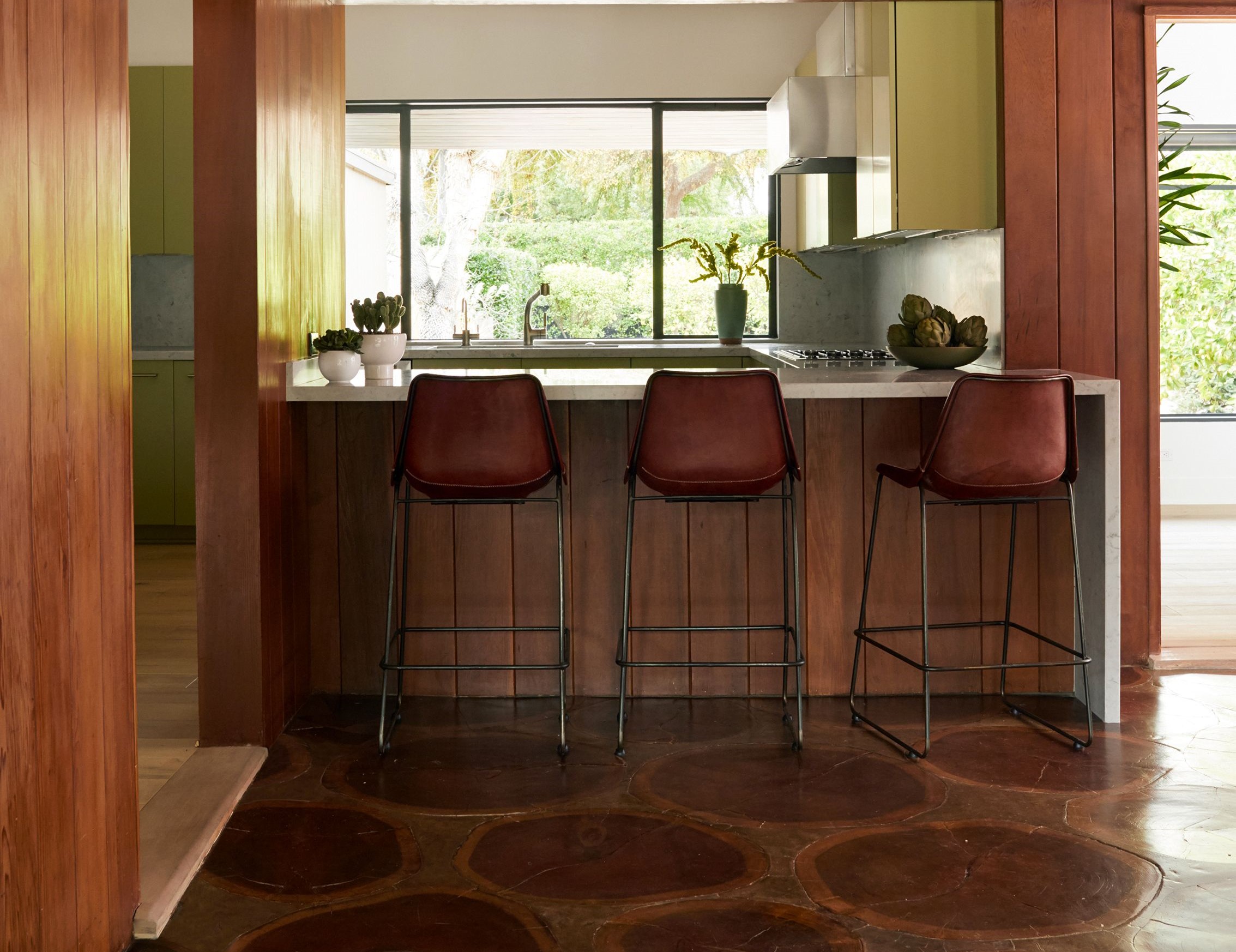Wooden Antiques Are Not All Made Equal
Antiques in a Nutshell
When one thinks of antiques, the first thought that would probably come to mind would be its age or its value. True enough, these are two of the main factors for an object to be considered an antique. In fact, the United States even passed a law (1930 Smoot-Hawley Tariff Act) defining what an antique is. Basically, it basically states that these are works of art produced before 1830. Other definitions would state that antiques are items which are roughly 25-50 years old, which are attractive and desirable due to its rarity and its appraised value. What all of these say is that antiques are (and must be) old, rare, valuable and for certain purposes, useful.
Wooden Antiques
Arguably, the most popular type of antique is wooden antique furniture. Its collection serves various purposes ranging from sentimentality, practicality and of course, aesthetics. Many interior designers would definitely advise to put some sort of wooden furniture to complete a room’s overall appearance. Homeowners usually prefer wooden antique furniture to display a certain sense of style — may it be eclectic, classic or modern. Ironically, these pieces, despite of their apparent old age, can hold up in terms of usage just like any other ordinary piece of furniture. No one will argue that a 1940 Mahogany chair is less useful or less beautiful than a 2005 plastic chair. The material or the type of wood used in the creation of a wooden antique, plays a vital part in determining its uses and its value (both aesthetic and monetary)
Solid Wood: The Preferred Choice
Solid wood, as a material, is (and was) the preferred choice of manufacturers or craftsmen now and in the past. It’s considered to be the most appropriate material to further add to the value or to serve as a testament to the quality of an antique. This material usually comes in the form of hardwood and softwood – the main difference lies in the fact that hardwood trees like Walnut, Mahogany and Oak (which are by the way, all very expensive) lose their leaves seasonally while softwood trees like Pine and Fir trees (which are more commonly used and are less expensive) keep their leaves all year. Though, they may differ in specific characteristics like color, design and purpose, solid wood is universally known to be incredibly durable. Of course, a piece of antique furniture would not even make it to be an antique if it could not hold up to wear and tear brought about by humans and nature alike. Though some antique furniture made of other types of wood like hollow wood or wicker pieces also claim to be durable, a vital addition to the durability of solid wood is that its beauty remains throughout the passage of time. Though, beauty can be argued to be very subjective, wooden antiques made of solid wood seem to never be out of style or out of fashion. It is deemed to be timeless by most, if not all, interior designers and antique collectors alike.


